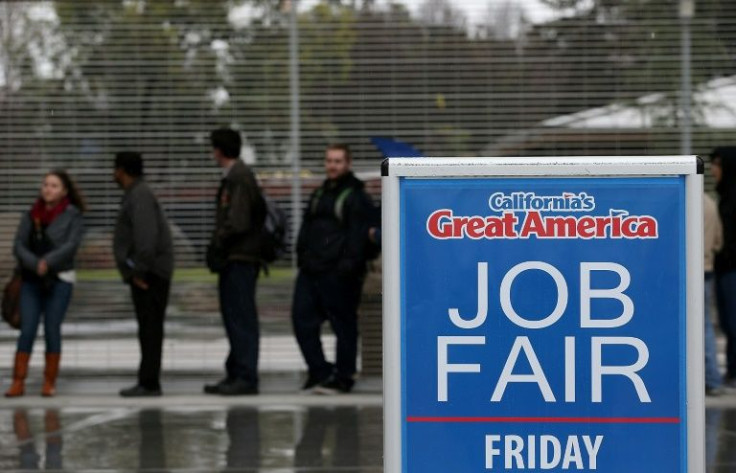Hiring Remains Hot In A Cooling US Economy

Hiring remained hot in June in a cooling US economy, helping keep the unemployment rate steady at multi-year lows.
The June labor market report released Friday morning by the US Bureau of Labor Statistics (BLS) confirmed that the economy continued to add jobs at robust rates, led by the service sector.
Payroll employment in the nonfarm sector increased by 372,000 in June, up from a revised 368,000 jobs in May and in line with the prior three-month trend of 383,000 jobs. Most of the job gains came in the service sector, like the professional service sector (+74,000), the leisure and hospitality sector (+67,000), and transportation and warehousing (+36,000).
The strong job growth came at a time labor force participation remained at 62.2%, well below the pre-pandemic level of 63.5%, meaning that some Americans continue to stay on the sidelines of the labor market. And that helped create a tight labor market with the unemployment rate—the members of the labor force who do not have a job and are actively looking for one—remaining at 3.6%, near a multiyear low.
A tight labor market, in turn, helped push hourly wages up at an annual rate of 5.15%, still behind the May inflation rate.
The strong job growth and low unemployment follow a Gross Domestic Product (GDP) report last week showing the US economy is cooling off, falling 1.6% in the first quarter of 2022.
“The economy may be cooling off, but hiring remains red hot, James Neave, head of data science at Adzuna,” told International Business Times in an email. “The tight labor market and worker shortage are critical factors behind rising inflation, alongside wider macroeconomic and geopolitical concerns, and vacancies aren’t looking like slowing down any time soon.
"Up and down the country, worker shortages are still causing bottlenecks in supply chains. Companies that can’t find the staff to meet demand will likely keep hiring, even as prices rise and with the Federal Reserve threatening further interest rate rises. “
But Cody Harker, Head of Data and Insights from Bayard advertising, see things differently.
“Despite this month’s jobs report exceeding expectations, the market has cooled compared to previous months,” he told IBT in an email. “Employers are taking down or posting fewer jobs due to recession fears and in light of reports that companies are laying off workers or rescinding offers to new candidates. At the same time, job seekers are still actively looking for new job opportunities, and salary and career outlook remain top of mind due to high inflation and the desire to secure a job ahead of a potential downturn. “
What does it mean for investors? Robert R. Johnson, Professor, Heider College of Business, Creighton University, thinks it’s a mixed bag.
“While the robust number eased recessionary fears, it gave more fuel for the Fed to be hawkish in fighting inflation,” he told IBT in an email. “It is increasingly more difficult to make the case that the economy is either currently in recession or on the precipice of recession when jobs are growing at the rate they are growing. Additionally, wages rose at a rate of 5.1%, which is slightly higher than expectations and gives little indication that inflation is moderating.”
© Copyright IBTimes 2024. All rights reserved.





















